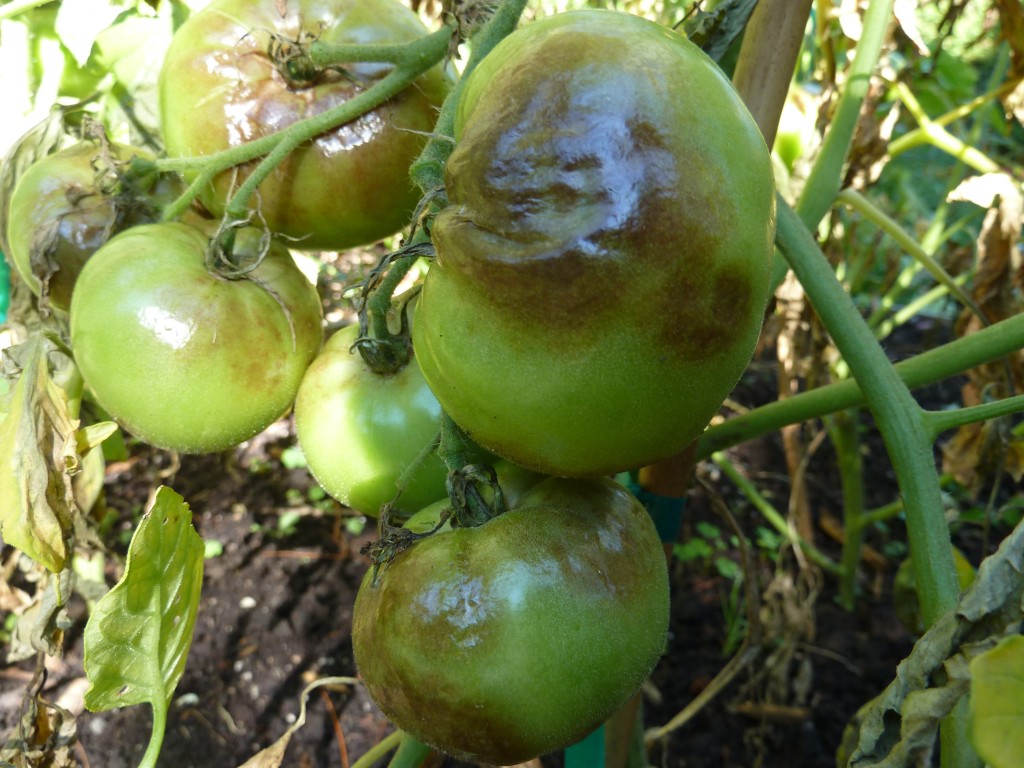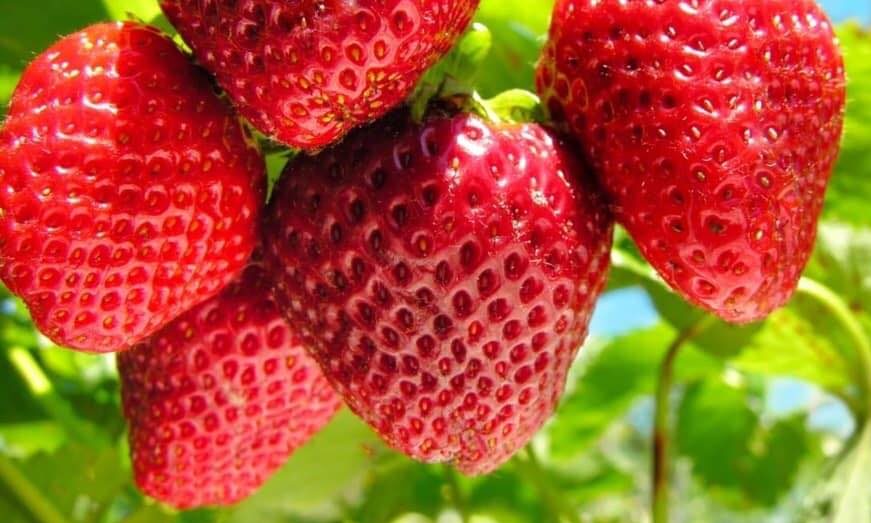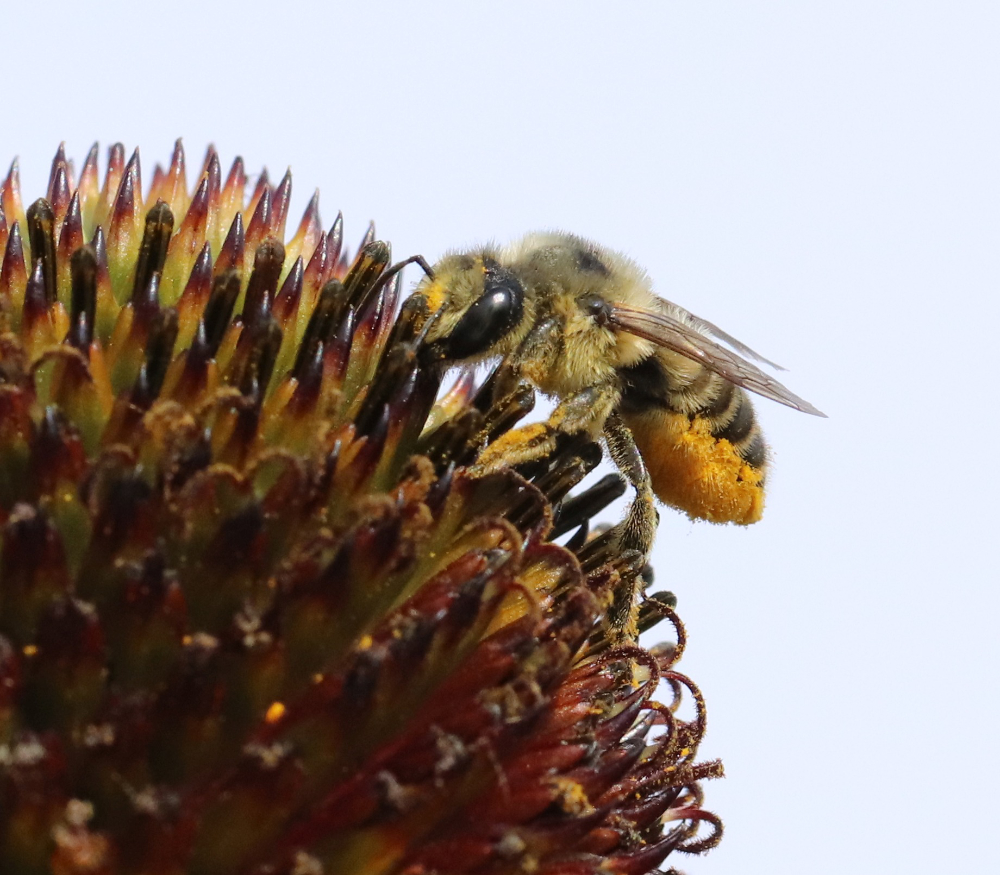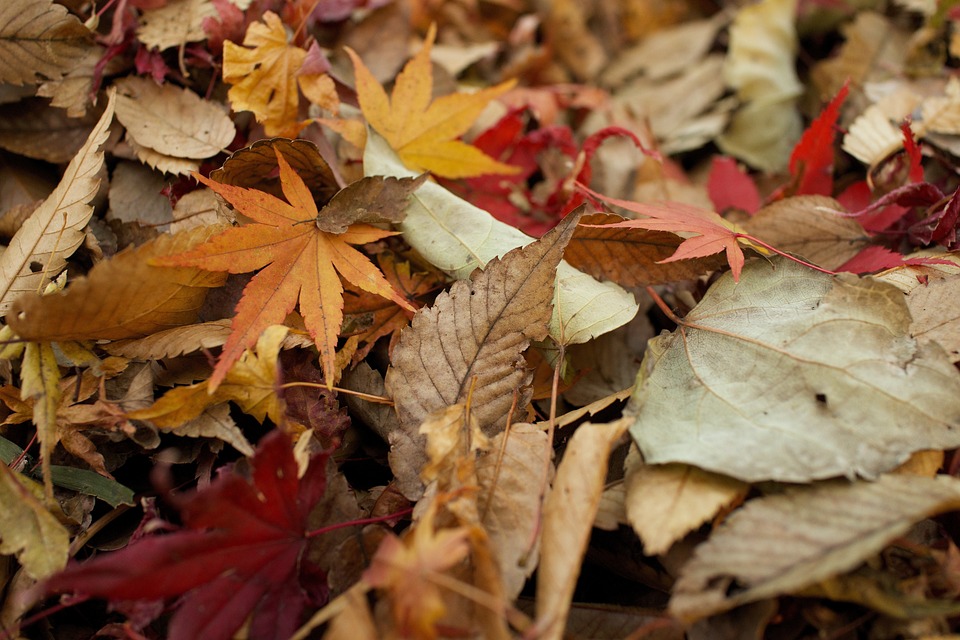
Tomato blight
Q.
This is a pic of our tomato plants. Two weeks ago they were all healthy. Today most of the leaves are dying and the actual tomatoes have this brown appearing. It starts on the bottom fruit and it then works its way to the top tomatoes. The brown then turns soft and rots! What is the problem and what can I do about it?
A.
The bad news is that this looks like late blight and could destroy every tomato plant in the garden. The fruit eventually has a brown orange peel look and is definitely not edible. The blight is a virus and wind blown so the only solution is to remove the plants, put them in the garbage and hope other plants are not affected. I have seen the blight wipe out every tomato plant in gardens.
Remedies for next year, use plastic sheeting under your plants, stake them all and give them room to breathe. The jury is out as to whether the bacteria resides in the soil over winter. It is a deadly and very common disease.
Other tomato diseases that we often encounter:
– common but deadly fungus diseases of verticillium wilt and fusarian wilt. Whole plant wilts and dies but tomatoes could still be edible. Only solution is to buy disease resistant stock to combat this.
– sunscald often affects tomatoes that aren’t surrounded by healthy leaf canopies. However, sunscald mostly affects early varieties and usually shows at the bottom of the tomato. Sunscald tomatoes do ripen and one can remove the affected area and enjoy the fruit. That doesn’t look like the problem here.
Cornell University – Vegetable MD
More about Tomato diseases –
What Makes Tomato Leaves Twist or Curl?
Urban Growing Concerns – Potatoes & Tomatoes
OMAFRA – Tomato Diseases & Disorders





About The Author: Armstrong
As an author and editor, Linda directs her lifelong love of nature and plants to concerns about our environment and how we can do better. In addition to decades of gardening experience, and training as a master gardener, Linda focuses on learning from leading science-based educators and writers, and in the process finds that she uncovers many gardening myths.
More posts by Armstrong